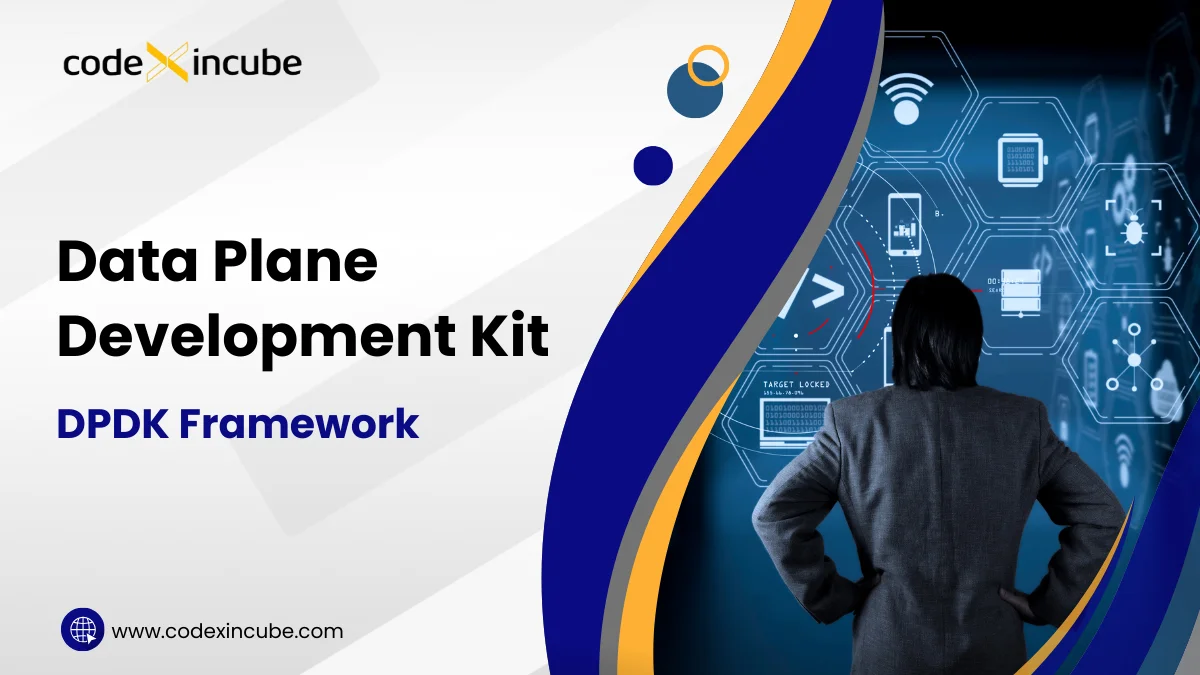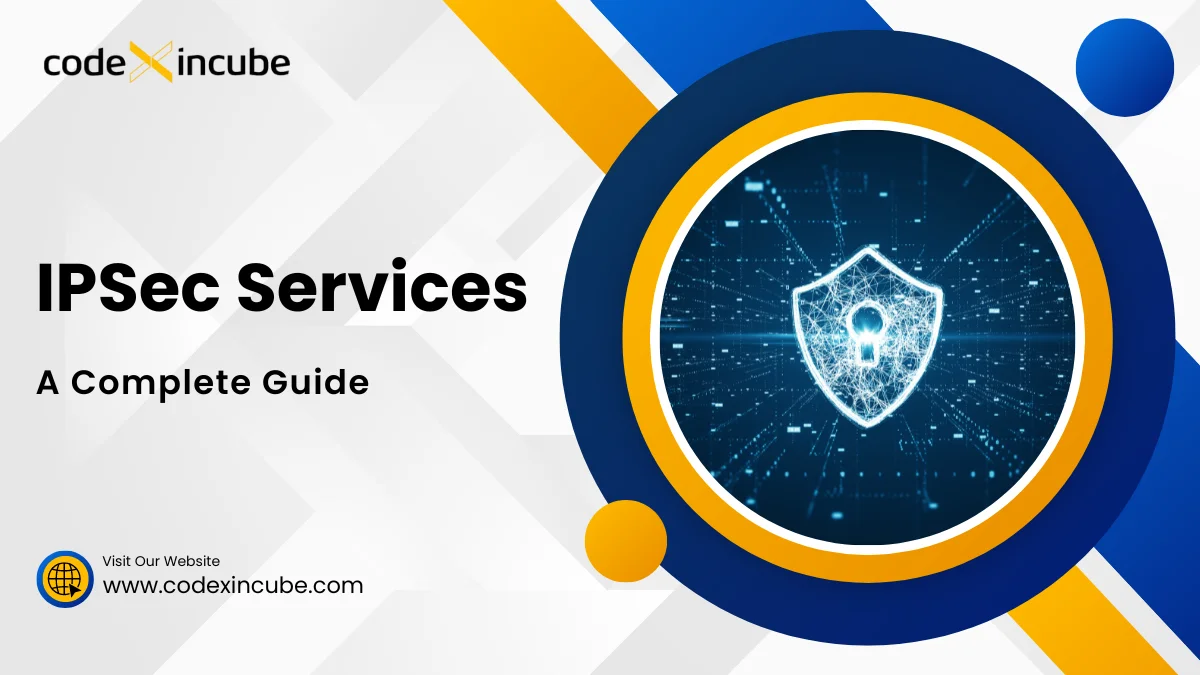Linux kernel development and programming form the backbone of the open-source revolution that powers countless devices and systems worldwide. As the core of the Linux operating system, the kernel is responsible for managing hardware resources, providing essential services, and enabling communication between software and hardware components. Understanding the intricacies of Linux kernel development and programming unlocks a world of possibilities for software engineers, system administrators, and technology enthusiasts.
In this blog, we’ll embark on a journey into the heart of Linux, exploring the fundamentals of kernel development and diving deep into the art of kernel programming. From architecture insights to coding techniques, we’ll unravel the mysteries behind building and optimizing the Linux kernel, empowering you to harness its full potential and contribute to the vibrant open-source community. So, let’s delve into the realm of Linux kernel development and programming, where innovation meets collaboration, and possibilities are limitless.
Essential Tools for Linux Kernel Development
Linux kernel development is a complex and intricate process that requires a range of specialized tools to effectively manage code, debug issues, and optimize performance. These tools play a crucial role in every stage of the development cycle, from initial coding to testing and deployment. In this section, we’ll explore some of the essential tools used in Linux kernel development and how they contribute to the creation of a robust and efficient kernel.
1. Compilers
Compilers are at the heart of kernel development, translating human-readable source code into machine-executable binaries. The most commonly used compilers for Linux kernel development are GCC (GNU Compiler Collection) and Clang/LLVM. GCC has been a staple in the Linux world for many years, providing robust optimization and support for various architectures. Clang/LLVM, on the other hand, offers modern features and improved error messages, making it a popular choice among developers.
2. Debuggers
Debugging is an essential part of kernel development, as it helps identify and fix issues in the code. GDB (GNU Debugger) is one of the most widely used debuggers for Linux kernel development. It allows developers to inspect variables, set breakpoints, and trace program execution, aiding in the diagnosis of complex bugs. Additionally, tools like KGDB (Kernel GNU Debugger) provide kernel-specific debugging capabilities, enabling developers to debug the kernel itself.
3. Version Control Systems
Version control systems are indispensable for managing code changes and collaboration among developers. Git, developed by Linus Torvalds himself, is the de facto version control system for Linux kernel development. It offers powerful branching and merging capabilities, making it easier to manage concurrent development efforts. With Git, developers can track changes, review code history, and collaborate seamlessly with their peers.
4. Kernel Configuration Tools
Configuring the Linux kernel to suit specific hardware and use cases is a critical task. Tools like Kconfig simplify this process by providing a menu-driven interface for selecting kernel features and options. Kconfig allows developers to enable or disable various kernel components, set configuration parameters, and generate configuration files. This modular approach ensures that the kernel is tailored to meet the requirements of different systems and environments.
5. Build Systems
Building the Linux kernel involves compiling source code, linking modules, and generating the final kernel image. Build systems like Make automate this process, orchestrating the compilation and linking of kernel components. Makefiles define build targets, dependencies, and compilation rules, streamlining the build process and ensuring consistency across different platforms. Additionally, tools like CMake provide a more modern and flexible alternative to traditional Makefiles.
6. Performance Profiling Tools
Optimizing the performance of the Linux kernel requires detailed analysis of system behavior and resource utilization. Performance profiling tools like perf provide insights into CPU usage, memory allocation, and I/O operations. Perf allows developers to monitor performance metrics, analyze performance bottlenecks, and optimize code for better efficiency. Other tools, such as Valgrind, offer memory debugging and profiling capabilities, helping identify and fix memory-related issues.
7. Documentation and Code Browsing Tools
Understanding the Linux kernel codebase is essential for effective development and troubleshooting. Tools like cscope and ctags facilitate code navigation and exploration, allowing developers to quickly locate functions, variables, and definitions within the codebase. Additionally, comprehensive documentation, such as the Linux Kernel API documentation and kernel source comments, provides valuable insights into kernel internals and programming interfaces.
Ensuring Linux Kernel Security
Security is a paramount concern in the realm of operating systems, and the Linux kernel is no exception. As the core component of the Linux operating system, the kernel must be robust, resilient, and resistant to various security threats. In this discussion, we’ll delve into the strategies, techniques, and tools used to ensure the security of the Linux kernel, highlighting the ongoing efforts to mitigate vulnerabilities and safeguard system integrity.
1. Kernel Hardening Techniques
Kernel hardening involves implementing measures to strengthen the security posture of the Linux kernel against potential exploits and attacks. One such technique is Address Space Layout Randomization (ASLR), which randomizes the memory layout of the kernel and user-space processes, making it harder for attackers to predict memory addresses and execute successful attacks like buffer overflows. Similarly, Stack Protector (StackGuard) can detect and prevent stack-based buffer overflows by adding protective canaries to function return addresses.
2. Secure Boot and Kernel Module Signing
Secure Boot is a feature that ensures the integrity of the boot process by verifying the digital signature of bootloader and kernel components before execution. This prevents unauthorized or malicious code from tampering with the boot process and compromising system security. Additionally, Kernel Module Signing enforces the signing of kernel modules, preventing the loading of unsigned or tampered modules that could introduce vulnerabilities or exploits into the running kernel.
3. System Call Filtering and Sandboxing
System call filtering mechanisms, such as seccomp (Secure Computing Mode), allow fine-grained control over the system calls that processes can make. By restricting access to sensitive system calls and enforcing a strict syscall policy, seccomp reduces the attack surface and mitigates the impact of potential exploits. Similarly, sandboxing techniques, such as Linux Containers (LXC/LXD) and namespaces, isolate processes and limit their access to system resources, enhancing security and containment.
4. Vulnerability Mitigations and Patch Management
The Linux kernel community is proactive in identifying and addressing security vulnerabilities through timely patches and updates. Vulnerability mitigations, such as Kernel Self-Protection (KSPP) features, aim to mitigate common exploit techniques and harden the kernel against known attack vectors. Regular patch management and updates are essential to ensure that the kernel is equipped with the latest security fixes and protections against emerging threats.
5. Security Auditing and Code Review
Security auditing and code review processes are integral to identifying and addressing security vulnerabilities in the Linux kernel codebase. Tools like static code analyzers (e.g., Coverity, Clang Static Analyzer) help detect potential vulnerabilities, coding errors, and security weaknesses early in the development cycle. Additionally, thorough code review practices, security-focused coding guidelines, and peer review processes ensure that code changes adhere to security best practices and do not introduce new vulnerabilities.
6. Security-Enhanced Linux (SELinux) and Mandatory Access Controls
SELinux is a security framework that provides Mandatory Access Controls (MAC) for enforcing fine-grained access policies and restrictions. By defining security contexts and access permissions for processes, files, and resources, SELinux enhances kernel security and mitigates the impact of privilege escalation and unauthorized access attempts. MAC frameworks like AppArmor and Smack offer similar security features and enforce access controls based on application profiles and policies.
7. Security Monitoring and Incident Response
Effective security monitoring and incident response capabilities are essential for detecting and mitigating security threats in real time. Tools like auditd (Linux Audit Framework) enable system administrators to monitor system activity, log security-related events, and detect suspicious behavior. Incident response plans, security incident and event management (SIEM) tools, and threat intelligence feeds help coordinate response efforts and mitigate the impact of security incidents on kernel and system security.
Conclusion
In conclusion, the Linux kernel development and programming landscape are rich with tools and techniques that empower developers to create secure and efficient systems. From compilers and debuggers to security hardening measures and code review practices, every aspect contributes to a robust and reliable Linux kernel. By embracing these practices, developers can unlock the full potential of Linux and contribute to the open-source community’s ongoing innovation.
CodexIncube, a network processing and software development company, is at the forefront of leveraging these tools and techniques to build cutting-edge solutions that harness the power of the Linux kernel securely and efficiently.




